Make Your Own DIY Decorative Pillows
Are you tired of your living space feeling a bit bland? Do you want to add a splash of personality without breaking the bank? Well, you're in luck! This article explores various techniques and ideas for creating decorative pillows at home, helping you add a personal touch to your living space through creative DIY projects. Imagine walking into a room where every pillow tells a story, reflecting your unique style and creativity. Sounds amazing, right? Let's dive into the world of DIY decorative pillows and unleash your inner artist!
Selecting the perfect fabric is crucial for your DIY decorative pillows. Think about it: the fabric is the canvas for your creativity! Consider factors such as texture, durability, and color to ensure your pillows complement your home decor. Do you want something soft and cozy, like cotton or velvet? Or perhaps something more durable that can withstand the wear and tear of daily life? If you're unsure, grab a few swatches and see how they feel and look in your space. Remember, the right fabric can make all the difference!
Gathering the right tools and materials is vital for a successful DIY project. You wouldn't want to start a journey without the right map, would you? Here's a quick rundown of what you'll need:
- Sewing machine - A must-have for quick and easy sewing!
- Fabric - Choose your favorite designs and textures.
- Stuffing - Polyester or down, the choice is yours!
- Scissors - Sharp ones are essential for clean cuts.
- Measuring tape - Accurate measurements lead to perfect pillows.
- Thread - Match it with your fabric for a seamless look.
Having these tools at your disposal will ensure that you can create beautiful pillows without any hiccups along the way.
Accurate measurements and cutting are key to achieving a polished look. If you've ever tried to fit a square peg in a round hole, you know how important precision is! Start by measuring the dimensions you want for your pillows. A standard size is usually around 18x18 inches, but feel free to adjust based on your preferences. Once you've got your measurements, lay your fabric flat and use a sharp pair of scissors to cut it to the desired dimensions. Remember, measure twice, cut once!
Templates can help ensure consistent shapes and sizes for your pillows. Think of them as your personal blueprint! To create a template, use a piece of cardboard or thick paper. Cut it to the dimensions you want, and then trace around it onto your fabric. This method not only saves time but also reduces the chances of making mistakes. You’ll be amazed at how professional your pillows will look!
Different fabrics require specific cutting techniques. For instance, when working with cotton, a simple pair of scissors will do. However, if you’re tackling velvet, it’s best to use a rotary cutter for a clean edge. Linen can fray easily, so consider using a pinking shear to prevent this. Understanding the unique characteristics of each fabric will help you achieve the best results and make your pillows stand out.
Mastering basic sewing techniques is essential for pillow-making. Don't worry if you're a beginner; we've all been there! Start with simple stitches like the straight stitch and the zigzag stitch. These will give your pillows a sturdy finish. As you gain confidence, you can explore more advanced techniques. Remember, practice makes perfect, and soon you'll be sewing like a pro!
Personalize your decorative pillows by incorporating unique designs. This is where the fun really begins! Explore various techniques such as embroidery, fabric paint, and appliqué to create eye-catching patterns. Why settle for plain when you can create something that reflects your personality? With a little creativity, your pillows can become stunning focal points in any room.
Stencils can simplify the process of adding designs to your pillows. They’re like the cheat code for DIY projects! To create a stencil, cut out your desired shape from a piece of cardboard. Place it on your fabric and use fabric paint to fill in the design. This method ensures a clean, professional finish that will impress anyone who sees your work. Plus, you can use the same stencil for multiple pillows!
Textures and layers can elevate your pillow designs. Think of your pillows as a delicious cake – the more layers, the better! Mix different materials like burlap, satin, or even faux fur to create visually appealing, multi-dimensional pillows. Adding buttons, tassels, or fringes can also provide that extra pop. Don't be afraid to experiment; the possibilities are endless!
Q: How do I choose the right stuffing for my pillows?
A: The choice between polyester and down stuffing depends on your preference for firmness and comfort. Polyester is more durable, while down provides a plush feel.
Q: Can I wash my DIY pillows?
A: Yes! Most fabrics can be machine washed, but always check the care label. Consider using a removable cover for easy cleaning.
Q: What if I'm not good at sewing?
A: No worries! You can use fabric glue or iron-on adhesive to assemble your pillows. There are plenty of no-sew pillow tutorials available online.
Now that you're equipped with the knowledge to create your own DIY decorative pillows, it's time to gather your materials and get started. Let your creativity shine, and enjoy the process of making something truly unique for your home!

Choosing the Right Fabric
When it comes to creating your own DIY decorative pillows, is absolutely essential. The fabric you select not only impacts the overall look of your pillows but also their durability and comfort. Imagine sinking into your couch, surrounded by pillows that not only catch the eye but also feel great to the touch! So, let's dive into the factors you should consider when making your fabric choice.
First off, think about texture. Do you want something soft and plush, like velvet, or perhaps a more structured fabric, such as canvas? Each texture brings its own vibe to your space. For example, velvet can add a touch of luxury, while cotton can feel more casual and inviting. You want your pillows to reflect your personal style and the mood of your living area.
Next, consider the durability of the fabric. If you have pets or children, you might want to opt for materials that can withstand a bit of wear and tear. Fabrics like denim or outdoor canvas can be excellent choices for high-traffic areas since they are both sturdy and easy to clean. On the other hand, if your pillows are more for decorative purposes, you can indulge in lighter, more delicate fabrics.
Color is another crucial element. The right color can transform your room and tie together the overall decor. Think about the color palette of your space. Do you want your pillows to pop or blend in? If you’re feeling adventurous, consider mixing patterns and colors to create a vibrant, eclectic look. Just remember, balance is key! A table summarizing common fabric types and their characteristics can help you make an informed choice:
| Fabric Type | Texture | Durability | Best For |
|---|---|---|---|
| Cotton | Soft and breathable | Moderate | Casual pillows |
| Velvet | Luxurious and plush | Moderate | Accent pillows |
| Canvas | Sturdy and textured | High | Outdoor or kid-friendly pillows |
| Linen | Light and airy | Moderate | Summer decor |
In conclusion, the fabric you choose for your decorative pillows can make a world of difference in your home. By considering texture, durability, and color, you can create pillows that not only enhance your decor but also provide comfort and style. So go ahead, unleash your creativity, and make your living space uniquely yours!
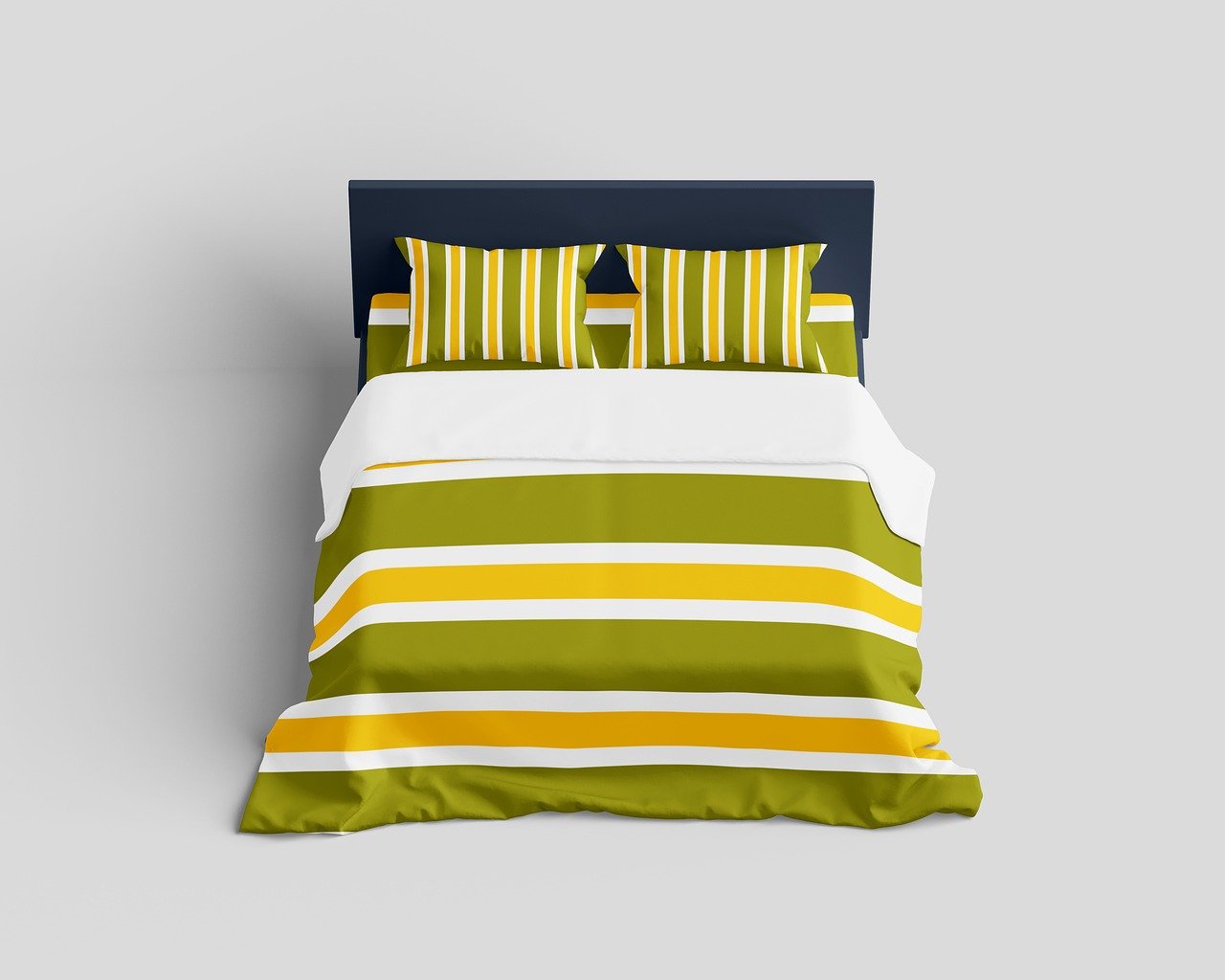
Essential Tools and Materials
When embarking on your DIY decorative pillow journey, having the right tools and materials is absolutely essential. Think of it like preparing for a big adventure; you wouldn’t set out without your gear, right? To create those stunning pillows that will transform your living space, gather these key items:
First and foremost, you'll need a reliable sewing machine. While you can sew by hand, a machine saves you time and gives your pillows a more professional finish. If you're new to sewing, don't worry! Most machines come with simple instructions, and there are plenty of online tutorials to help you get started.
Next, consider the fabric. The choice of fabric can make or break your pillow project. You might want to opt for cotton for its durability and ease of use, or perhaps a soft velvet for that luxurious feel. Also, don't forget about the stuffing. Whether you go for polyester fiberfill or natural materials like down, stuffing is what gives your pillows that comfy, plush look.
You'll also need some basic sewing supplies, including:
- Scissors - A good pair of fabric scissors is crucial for clean cuts.
- Measuring tape - Accurate measurements are key to getting the right size.
- Pins - These will hold your fabric in place while you sew.
- Thread - Choose a color that matches your fabric or go bold with a contrasting shade.
Additionally, consider investing in a cutting mat and a rotary cutter for precise cutting, especially if you're working with multiple layers or intricate designs. These tools can help you achieve that perfect, polished look that makes your pillows stand out.
Finally, don't underestimate the power of creativity! Gather some embellishments like buttons, ribbons, or fabric paint to add your personal touch. The beauty of DIY lies in the ability to express yourself, so let your imagination run wild!
With these essential tools and materials at your disposal, you’re well on your way to creating beautiful decorative pillows that reflect your unique style. Remember, the journey of DIY is just as rewarding as the final product, so enjoy every step along the way!
Q: Can I use any type of fabric for my pillows?
A: While you can use various fabrics, it's best to choose ones that are durable and easy to work with, such as cotton or linen. Avoid stretchy fabrics as they can be challenging to sew.
Q: How do I choose the right stuffing for my pillows?
A: Polyester fiberfill is a popular choice for its affordability and ease of use, while down stuffing offers a luxurious feel but can be more expensive. Consider your budget and desired comfort level.
Q: Do I need a sewing machine to make decorative pillows?
A: While a sewing machine makes the process easier and faster, you can hand sew your pillows if you prefer. Just be prepared for a bit more time and effort!
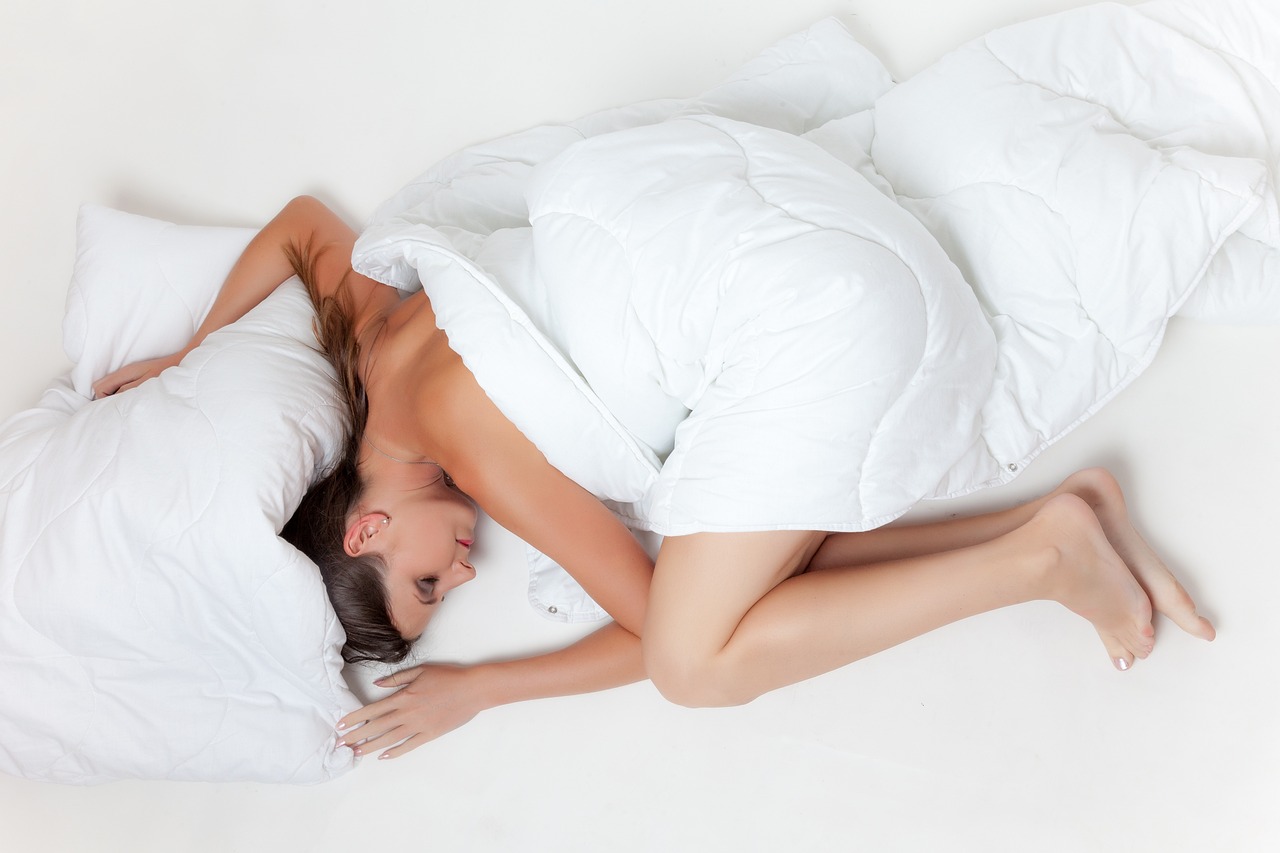
Measuring and Cutting Fabric
When it comes to creating your own decorative pillows, accurately is absolutely crucial. Imagine trying to fit a square peg into a round hole; that's what it feels like when you don't measure correctly! So, let’s dive into the nitty-gritty of how to get this right. First, grab a measuring tape and lay your fabric flat on a large surface. This could be a table, a clean floor, or any flat area where you can work comfortably. Make sure there are no wrinkles or folds in the fabric, as these can lead to inaccuracies in your measurements.
Now, you’ll want to determine the dimensions of your pillow. A standard decorative pillow is often around 18 inches by 18 inches, but you can customize this to fit your needs. Once you’ve decided on the size, add an extra inch on each side for seam allowances. This means you'll be cutting your fabric into squares of 20 inches by 20 inches for a standard pillow. Remember, this extra fabric is essential because it allows you to sew the edges without compromising the final size of your pillow!
Next, it’s time to mark your fabric. Use a fabric chalk or a fabric marker to draw straight lines where you intend to cut. This step is where precision is key. If you’re cutting multiple pieces, it might help to stack your fabric layers and cut through them all at once. Just ensure that they’re aligned perfectly! If you’re feeling a bit anxious about cutting, consider using a rotary cutter, which can provide cleaner edges than traditional scissors. Always cut away from yourself to avoid any accidents!
After you’ve made your cuts, take a moment to inspect the edges. They should be smooth and even. If you notice any jagged edges, trim them down to ensure a clean finish. And here’s a little pro tip: if you’re working with slippery fabrics like satin or silk, consider using weights to hold the fabric in place while you cut. This will help prevent any shifting that can lead to uneven pieces.
In summary, measuring and cutting fabric for your DIY decorative pillows may seem daunting at first, but with a little practice and patience, you’ll become a pro in no time. Remember to take your time, double-check your measurements, and keep your cuts as straight as possible. Your pillows will thank you for it!
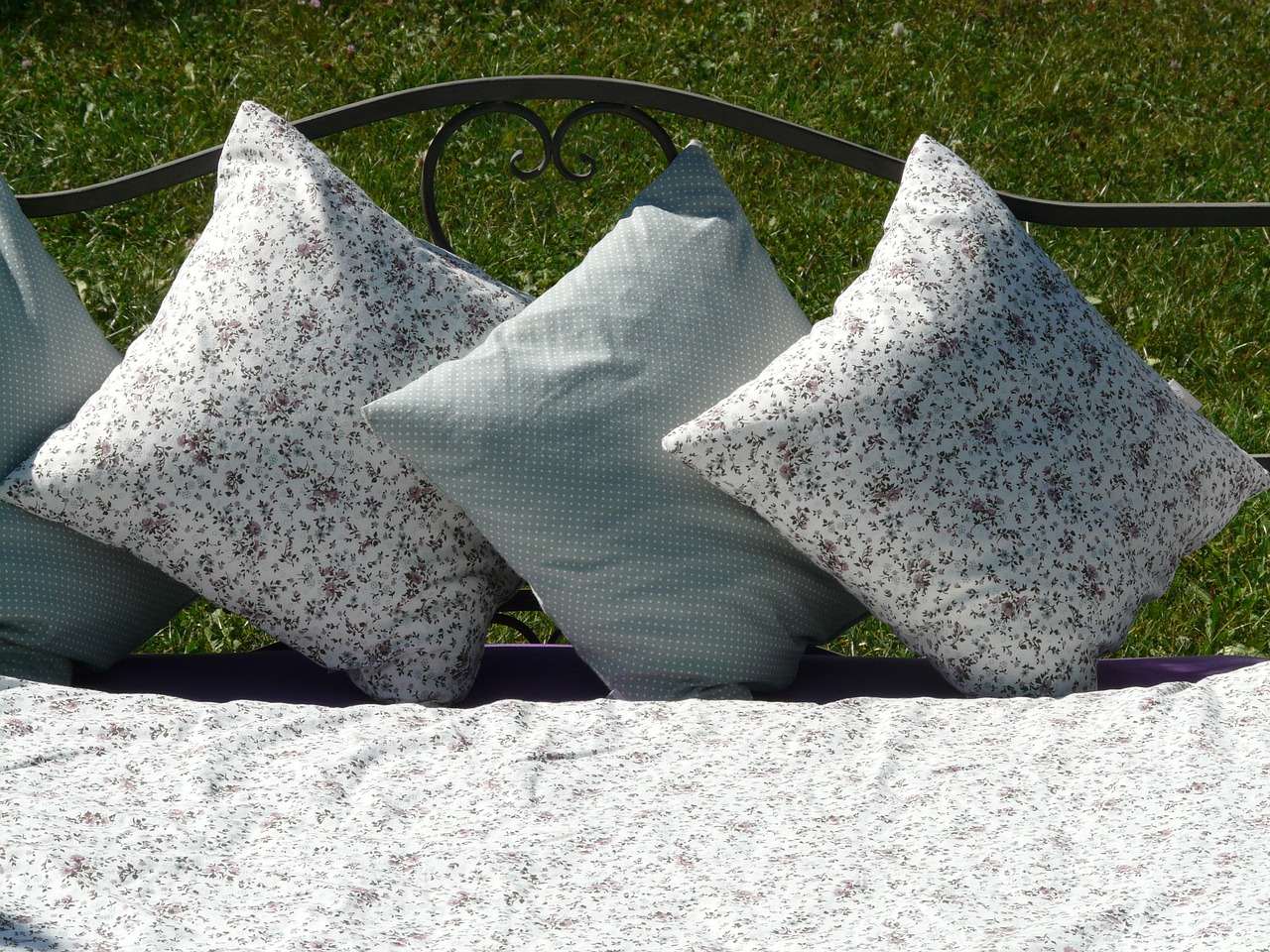
Using Templates for Precision
When it comes to making your own decorative pillows, precision is key. Using templates can be a game-changer in achieving that perfect look you desire. Think of templates as your trusty sidekick in the world of DIY. They help you maintain consistency in shape and size, ensuring that each pillow you create is not only beautiful but also uniform. Imagine trying to bake a cake without a pan; it might turn out okay, but it won't have the right form! Similarly, templates provide that essential structure for your pillow-making process.
To get started, you can create your own templates from materials like cardboard or even thick paper. Simply draw the desired shape of your pillow on the material, making sure to include seam allowances for the edges. For example, if you want a square pillow, measure out your dimensions, add an extra inch on each side for sewing, and cut it out. This will serve as your guide when you cut the fabric, ensuring that you get the same shape every time.
Once your template is ready, place it on your fabric and trace around it with a fabric marker or chalk. This way, you won’t have to worry about freehand cutting, which can lead to uneven edges. After tracing, carefully cut along the lines, and voila! You've got the perfect fabric pieces ready for sewing.
Moreover, if you're feeling adventurous, you can create multiple templates for various pillow shapes. Here are a few ideas to consider:
- Round pillows for a soft touch
- Rectangular pillows for a modern look
- Star-shaped pillows for a whimsical feel
Using templates not only saves you time but also boosts your confidence as a DIYer. You’ll find that with each pillow you make, your skills will improve, and you'll start to enjoy the process even more. Plus, templates allow you to experiment with different designs without the fear of ruining your fabric. So, grab your materials, create those templates, and let your creativity flow!
Q: Do I need to use templates for every pillow I make?
A: While using templates is highly recommended for precision, you can skip them if you're confident in your cutting skills. However, templates are especially helpful for beginners or when making multiple pillows of the same size.
Q: What materials can I use to make templates?
A: You can use cardboard, thick paper, or even plastic sheets to create durable templates. Just ensure that the material you choose can hold its shape when tracing onto fabric.
Q: Can I make custom shapes using templates?
A: Absolutely! Templates can be made in any shape you desire. Just remember to add seam allowances when drawing your custom shapes.
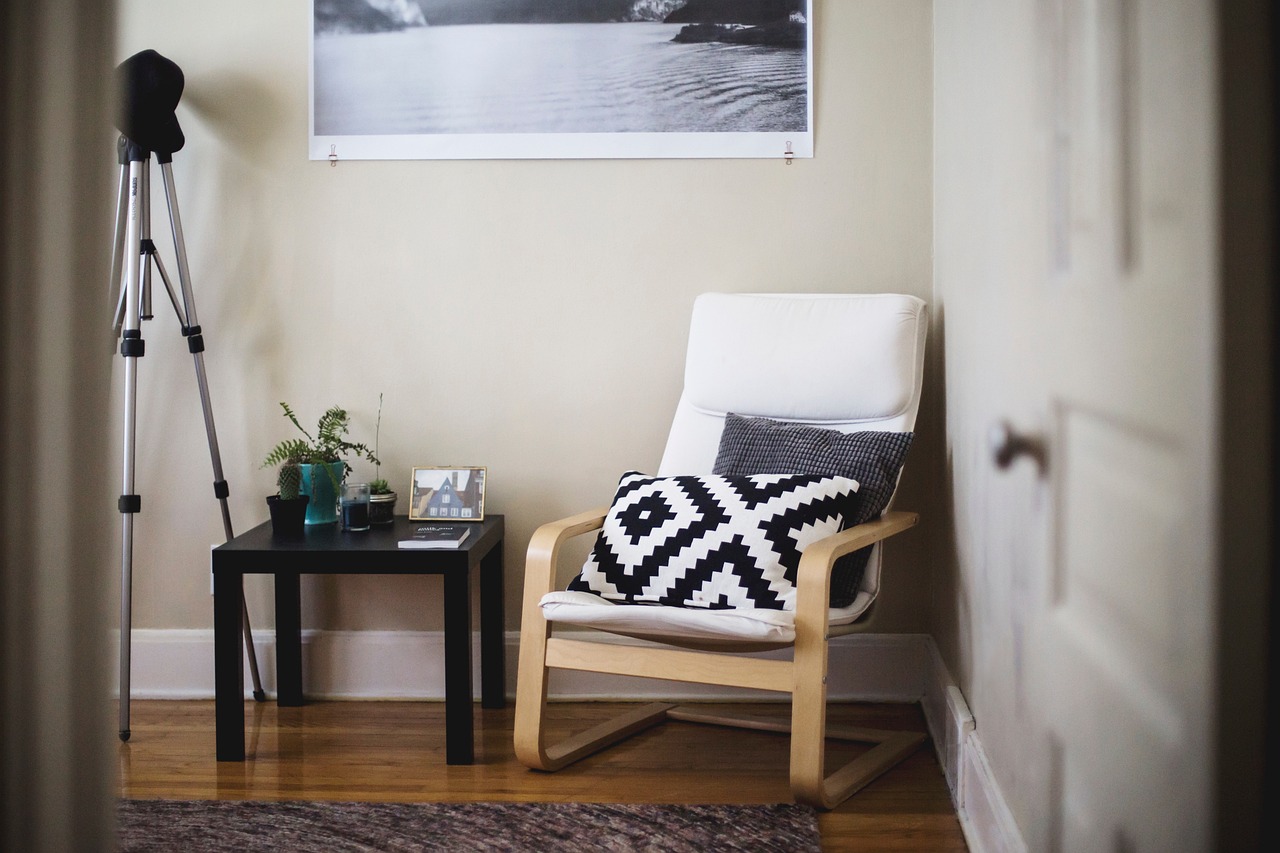
Tips for Cutting Different Fabrics
Cutting fabric might seem like a simple task, but it can be a bit tricky, especially when you're working with various materials. Each fabric has its own quirks, and understanding these can make a world of difference in your DIY decorative pillow projects. For instance, cotton is relatively easy to cut and handle, making it a favorite among beginners. However, when you move on to more luxurious materials like velvet or linen, you'll need to adopt different techniques to ensure a clean cut.
When cutting cotton, always use a sharp pair of fabric scissors. This will help you avoid fraying and ensure that your edges are neat. On the other hand, cutting velvet requires a bit more finesse. You should place the fabric face down and cut from the back to prevent the nap from getting disturbed. A rotary cutter can also be a great tool for this type of fabric, as it provides a smooth, even cut without pushing the fibers around.
Linen, while beautiful, can be a bit slippery. To combat this, consider using weights to hold the fabric in place as you cut. This prevents it from shifting and ensures that your measurements remain accurate. Additionally, always cut along the grain of the fabric. This means following the weave pattern, which will help maintain the integrity of your pillow’s shape.
Here are some quick tips to keep in mind when cutting different fabrics:
- Cotton: Use sharp scissors and cut straight lines.
- Velvet: Cut from the back to avoid disturbing the nap.
- Linen: Use weights to keep the fabric steady while cutting.
Lastly, don't forget to measure twice and cut once! This age-old adage rings especially true in fabric cutting. Taking the time to double-check your measurements can save you from making costly mistakes. So, grab your tools, choose your fabric wisely, and get ready to create some stunning decorative pillows!
Q: What type of scissors should I use for cutting fabric?
A: It's best to use sharp fabric scissors to ensure clean cuts and avoid fraying. A rotary cutter can also be useful for certain fabrics.
Q: How do I prevent fabric from slipping while cutting?
A: Using weights can help keep slippery fabrics like linen in place. You can also use a cutting mat with a non-slip surface.
Q: Can I cut multiple layers of fabric at once?
A: Yes, but be cautious. Make sure the layers are aligned properly, and use a sharp rotary cutter for the best results.
Q: What should I do if my fabric frays?
A: To prevent fraying, you can use pinking shears, a serger, or finish the edges with a zigzag stitch after cutting.

Basic Sewing Techniques
When it comes to making your own DIY decorative pillows, mastering is essential. Think of sewing as the backbone of your pillow-making project; without it, your beautiful fabric pieces would remain just that—pieces! So, let's dive into the world of stitches and methods that will transform your fabric into stunning pillows.
First off, you need to familiarize yourself with the fundamental stitches. The most common stitch you'll use is the straight stitch, which is perfect for sewing seams together. It’s as simple as it sounds: just a straight line of stitching that holds your fabric pieces together. If you're looking for a bit more durability, especially for pillows that will see a lot of use, consider using a zigzag stitch. This stitch not only secures the fabric but also prevents fraying, giving your pillows a polished finish.
Another technique worth mastering is the backstitch. This stitch is your best friend when you want extra strength in your seams. It involves sewing backwards and forwards, creating a solid line that can withstand wear and tear. If you’re feeling adventurous, you might even want to try your hand at decorative stitches. These can add a unique flair to your pillows, making them stand out even more!
Now, let’s talk about the importance of seam allowances. A seam allowance is the distance between the edge of the fabric and the line of stitching. Typically, a seam allowance of ½ inch is standard for pillow-making. This gives you enough fabric to work with while ensuring that your pillows maintain their shape. Always remember to measure twice and cut once—this old adage holds true in sewing just as much as in any DIY project!
As you get more comfortable, you might want to experiment with different techniques to add flair to your pillows. For instance, piping can give your pillows a professional look. Piping involves sewing a cord into the seam, which creates a beautiful, finished edge. It’s a bit more advanced, but the results are well worth it!
Finally, don’t forget about the importance of pressing your seams. Using an iron to press seams open or to one side can make a world of difference in the final appearance of your pillows. It helps to create crisp edges and ensures that your stitches lay flat, giving your pillows a neat and tidy look.
In summary, mastering these basic sewing techniques will elevate your DIY decorative pillow game. With just a little practice, you’ll be able to create beautiful, professional-looking pillows that will add a personal touch to your living space. So grab your sewing machine, pick out your favorite fabric, and let’s get stitching!
Here are some common questions about basic sewing techniques for DIY decorative pillows:
- What type of sewing machine is best for beginners? A simple, mechanical sewing machine with basic stitch options is ideal for beginners.
- Can I sew pillows by hand? Yes, hand sewing is an option, but it may take longer and require more effort than using a sewing machine.
- How do I choose the right thread for my fabric? Match the thread type to your fabric; for cotton, use cotton thread, and for heavier fabrics like velvet, opt for polyester thread.
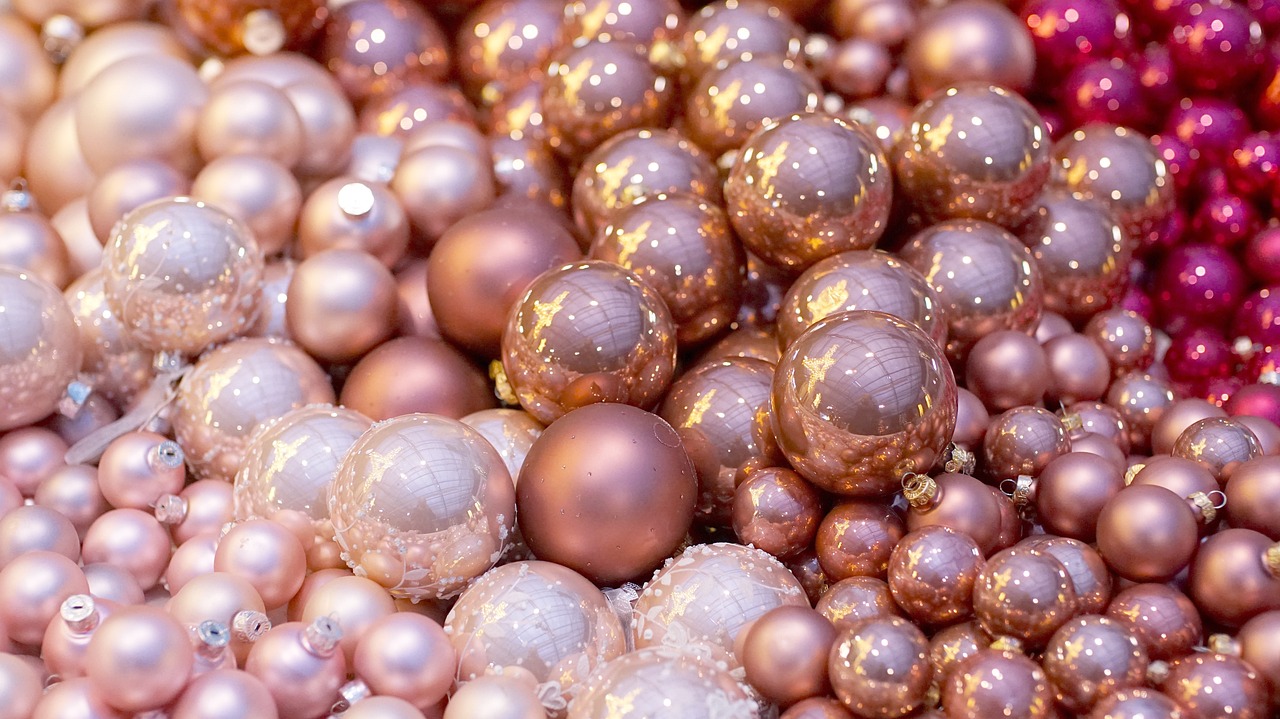
Adding Unique Designs
When it comes to decorative pillows, adding unique designs can truly transform your living space into a reflection of your personality and style. Think of your pillows as little canvases waiting to be adorned with creativity. There are countless ways to personalize your pillows, ensuring they stand out and bring a touch of flair to your home. Whether you prefer a minimalist aesthetic or something more vibrant and eclectic, the possibilities are endless!
One of the most exciting aspects of DIY pillow making is the opportunity to incorporate various techniques that can enhance your designs. You could try embroidery, which adds a beautiful, textured element to your pillows. Imagine stitching a lovely floral pattern or an inspiring quote onto your fabric—it's a fantastic way to make your pillows one-of-a-kind. If you’re feeling adventurous, consider using fabric paint. This method allows you to unleash your inner artist, creating bold designs or intricate patterns that truly pop. Just think of how amazing it would be to have a pillow that showcases your own artwork!
Another fantastic technique is appliqué, where you sew or glue fabric shapes onto your pillow covers. This method can add depth and dimension to your designs. For instance, you could create a whimsical tree made of green felt or a cheerful sun in bright yellow fabric. The beauty of appliqué is that you can mix and match different fabrics, colors, and textures, allowing for an endless array of creative combinations.
Stencils are another powerful tool in your DIY arsenal. They can simplify the process of adding designs to your pillows, ensuring that your patterns are consistent and professional-looking. You can purchase pre-made stencils or create your own using cardboard or plastic sheets. When applying stencils, remember to use a fabric-safe paint to ensure your designs last through multiple washes. This technique is perfect for those who may not feel confident in their freehand painting skills but still want to achieve a polished look.
Additionally, incorporating textures and layers can elevate your pillow designs to a whole new level. Mixing different materials—such as cotton with velvet or linen with burlap—can create a visually appealing, multi-dimensional effect. Imagine a pillow that features a soft velvet front with a textured burlap back; the contrast in materials can draw the eye and add interest to your decor. You can also play around with layering techniques, such as adding fringes, pom-poms, or ruffles to the edges of your pillows to give them a more dynamic appearance.
Ultimately, the key to adding unique designs to your decorative pillows is to let your creativity flow. Don’t be afraid to experiment with different techniques and materials. Your home is your canvas, and your pillows are the perfect way to express your style and personality. So grab your sewing machine, some fabric, and let your imagination run wild!
Here are some common questions about adding unique designs to your DIY decorative pillows:
- What types of fabric are best for painting? Fabrics like cotton and canvas work well with fabric paint, as they absorb the paint nicely and provide a good surface for designs.
- Can I wash my decorative pillows after adding designs? Yes, but it’s essential to follow the care instructions for the specific materials and paints you used. Always check if the paint is washable.
- How do I ensure my appliqué designs stay in place? Using a combination of fabric glue and sewing around the edges will help secure your appliqué designs and prevent them from peeling.

Using Stencils for Patterns
When it comes to adding a personal touch to your DIY decorative pillows, using stencils can be a game changer. Imagine transforming a plain pillow into a stunning piece of art with just a few simple steps! Stencils allow you to create intricate designs and patterns that can elevate your home decor from ordinary to extraordinary. Whether you're a seasoned crafter or a beginner, incorporating stencils into your pillow-making process is not only easy but also incredibly rewarding.
To get started, you'll need to gather some essential materials. First, select your stencil design—this could be anything from geometric shapes to floral patterns. You can purchase pre-made stencils or create your own using cardstock or plastic sheets. The beauty of DIY is that you can customize your designs to reflect your personal style! Once you have your stencil ready, make sure to choose the right fabric paint or spray paint that complements your fabric.
Before applying the stencil, it's crucial to prepare your fabric. Make sure it’s clean and ironed to avoid any wrinkles that could distort your design. Position the stencil on your pillow cover and secure it in place using painter's tape. This will prevent it from shifting while you apply the paint. When applying the paint, use a foam brush or a stencil brush to dab the paint onto the fabric gently. Less is more! You want to avoid excess paint that can seep under the stencil, ruining your design.
After applying the paint, carefully remove the stencil while the paint is still wet. This is where the magic happens—seeing your design come to life! Allow the paint to dry completely before handling your pillow. If you're feeling adventurous, consider layering different stencil designs or colors to create a more dynamic look. This technique can add depth and interest to your pillows, making them truly unique.
Incorporating stencils into your pillow-making project opens up a world of possibilities. You can create themed pillows for different seasons, special occasions, or simply to match your existing decor. Plus, stenciling is a fantastic way to express your creativity and make your living space feel more like home. So, grab those stencils and start transforming your pillows into stunning works of art!
- What type of paint is best for stenciling on fabric? Fabric paint or fabric spray paint works best as they are designed to adhere to textiles and remain flexible after drying.
- Can I use stencils on any type of fabric? Yes, but it's best to use stencils on tightly woven fabrics for cleaner lines. Fabrics like cotton and canvas are ideal.
- How do I clean my stencils after use? Clean your stencils with warm, soapy water immediately after use to prevent paint from drying on them.
- Can I reuse my stencils? Absolutely! If you take care of them, stencils can be reused multiple times for different projects.

Incorporating Textures and Layers
When it comes to creating decorative pillows, adding textures and layers can truly transform your project from ordinary to extraordinary. Think of your pillows as a canvas where you can play with various materials, colors, and patterns to achieve a unique aesthetic that reflects your personal style. Just like an artist layering paint, you can layer fabrics to create depth and interest. Imagine the feeling of a soft velvet pillow paired with a rough burlap accent—this contrast not only catches the eye but also invites touch, making your pillows a focal point in any room.
One effective way to incorporate textures is by mixing different types of fabric. For instance, combining a smooth satin with a chunky knit can create a stunning visual effect. You might consider using fabrics like corduroy, lace, and canvas to add variety. Each of these materials brings its own unique feel and look, allowing you to express your creativity. However, be mindful of the colors you choose; they should harmonize with each other to avoid clashing. A simple rule of thumb is to select a dominant color and then choose one or two complementary shades for the other fabrics.
Another technique to enhance your pillow design is to use layers. You can achieve this by creating a base pillow and then adding smaller, decorative pillows on top. This not only adds visual interest but also allows you to play with different patterns and textures without overwhelming the overall design. For example, a large, solid-colored pillow can serve as the base, while smaller patterned pillows can be layered on top. This layering effect can create a cozy, inviting atmosphere in your living space.
Additionally, don't shy away from using embellishments to add even more texture. Consider adding tassels, pom-poms, or even fabric rosettes to your pillows. These small details can make a big difference in the overall look and feel of your pillows. You can also experiment with appliqué techniques to add shapes or designs that pop against the background fabric. The key is to balance these elements so that they enhance rather than overpower your design.
Finally, remember that the arrangement of your pillows can also influence the perception of texture and layers. Try different configurations on your couch or bed to see what looks best. A well-styled arrangement can draw the eye and make even simple pillows look chic and thoughtfully curated. So go ahead, mix, match, and layer your fabrics to create decorative pillows that not only beautify your space but also tell a story of your creativity!
- What types of fabric work best for decorative pillows?
Fabrics like cotton, linen, velvet, and canvas are great choices. Each offers a different texture and durability, so choose based on your style and intended use. - Can I use different textures in one pillow?
Absolutely! Mixing textures can add visual interest and depth to your pillows. Just ensure that the colors complement each other. - How do I care for my DIY pillows?
Care instructions depend on the fabric used. Most cotton and linen pillows can be machine washed, while velvet may require dry cleaning. Always check fabric labels for specific care details. - How do I create a layered look with my pillows?
Start with a large base pillow and layer smaller decorative pillows on top. Experiment with different shapes, sizes, and colors to find a combination that works for you.
Frequently Asked Questions
- What types of fabric are best for DIY decorative pillows?
When choosing fabric for your decorative pillows, consider options like cotton for its durability, velvet for a touch of luxury, and linen for a natural look. Each fabric brings its own texture and feel, so think about how you want your pillows to complement your home decor.
- Do I need a sewing machine to make decorative pillows?
While a sewing machine can make the process faster and more efficient, you can absolutely create beautiful pillows by hand-sewing. If you're up for a little challenge, hand-sewing can add a personal touch to your project!
- How do I measure and cut fabric accurately?
To measure fabric accurately, use a measuring tape and mark your dimensions with fabric chalk or a pencil. When cutting, ensure you use sharp scissors or a rotary cutter to get clean edges, which will help your pillows look professionally made.
- What are some unique design ideas for my pillows?
You can personalize your pillows by using techniques like embroidery, fabric paint, or appliqué. Stencils are also a fantastic way to create crisp, professional patterns without the fuss!
- Can I mix different fabrics and textures?
Absolutely! Mixing fabrics and textures can add depth and interest to your pillow designs. Just make sure the materials are compatible in terms of washing and care to ensure longevity.
- How do I care for my DIY decorative pillows?
Caring for your pillows depends on the fabric used. Most cotton and linen fabrics are machine washable, while velvet may require spot cleaning. Always check the care label and follow the instructions to keep your pillows looking fresh!



















